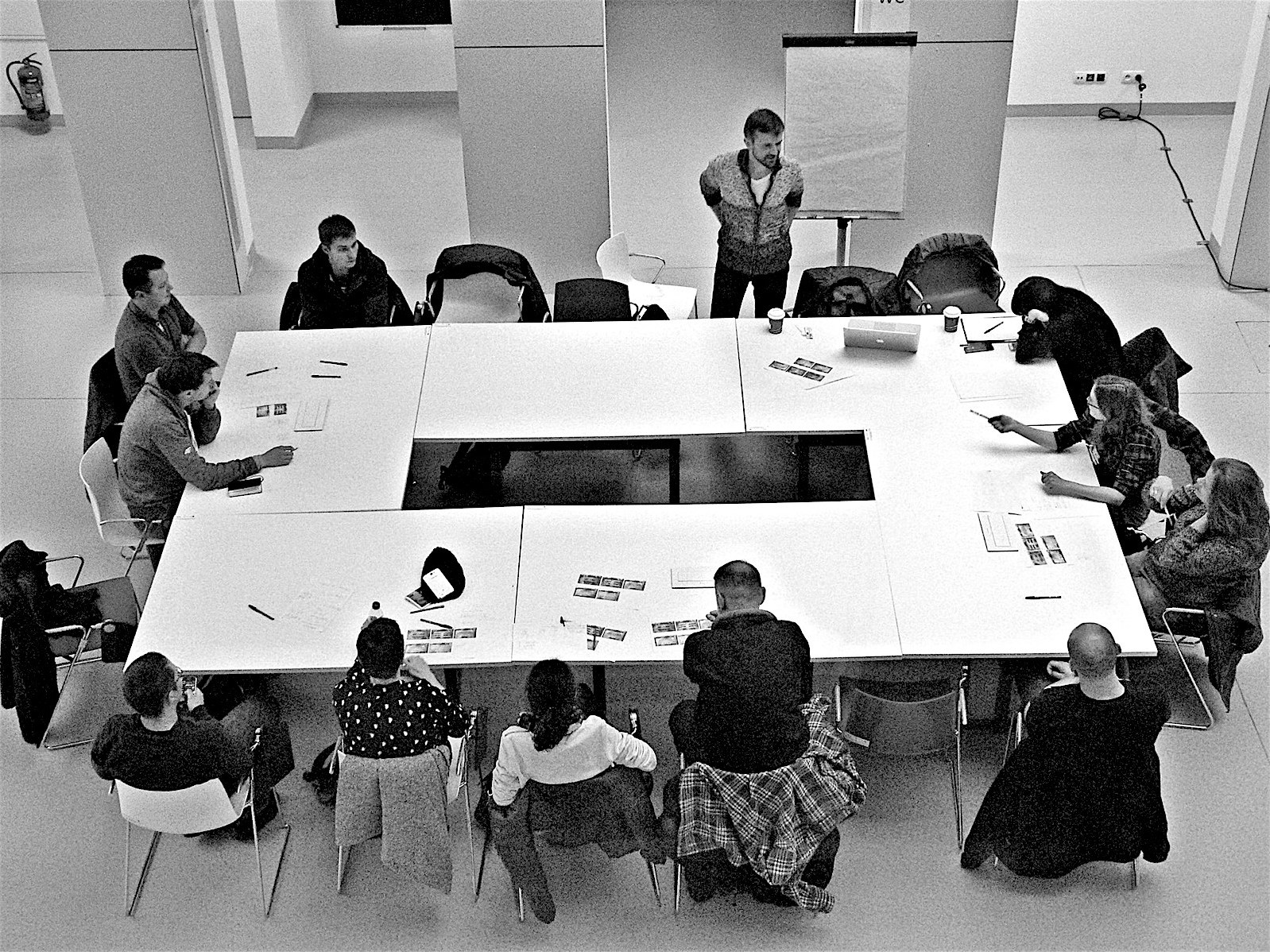Thoughts on teaching UX
I didn't post for a while. A lot of things happened. Most importantly, I resigned from my position at Brown Brothers Harriman to join Luna programming language team. I find Luna the most ambitious and exciting project in Poland right now so I'm honored to be onboard. In a meantime, I had a chance to run a couple of UX workshops and that's what I want to talk about today.

Teaching user experience is quite a challenge. First, you need to recognize that in the coming years, interfaces will be changing much faster. Common practices and patterns will be evolving and the UX roles and responsibilities will follow. But there is also a hope: I expect that the need for a good UXer will be increasing to not say inflating. The more technology – automation, AI, robots, VR… you name it – we will introduce to our life, the more we will value the human factor. The role of UX specialist will probably get more subtle but remain focused on easing all those interactions with every–day–more–abstract world around us.
That’s why from the beginning, I intuitively felt that user experience can be taught using a basic toolkit. Pencils, paper, and some whiteboard should be enough to run a workshop on any fundamental usability topic. If they aren’t, then most likely the topic is not so fundamental and may get obsolete faster than you think.
Although I share this opinion with participants, there are a couple of recurring questions: What programs/tools do you use? What is the right format for UX deliverables? How to start working as a UXer? Probably, each of them deserves a separate entry. I keep them on my short list of topics to address on the blog. I probably need to think about some online UX starter kit for participants with a bunch of basic links and information. Finally, I started writing the successful workshop scenarios down to reuse them in the future and maybe even publish in some form.
An interesting observation was that only 20% of people coming to my last workshop were graphic designers. That’s a trend and I see it reasonable. No matter what is your role in the project, understanding the human centric approach and its principles is a valuable skill to have.
Note to myself: always divide people into groups and three is the perfect size for a single group. This will provide an optimal engagement. I use to say to students while splitting them: “As a professional, you can pick a project but rarely the exact people you’ll be working with.” At the end of a day, UX is all about communication and working in teams.